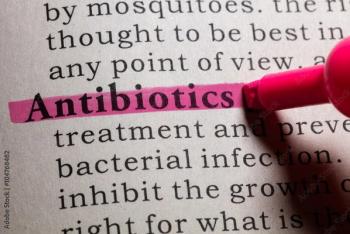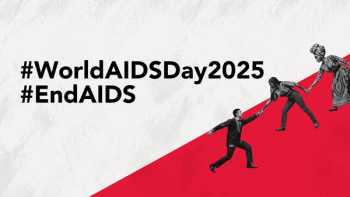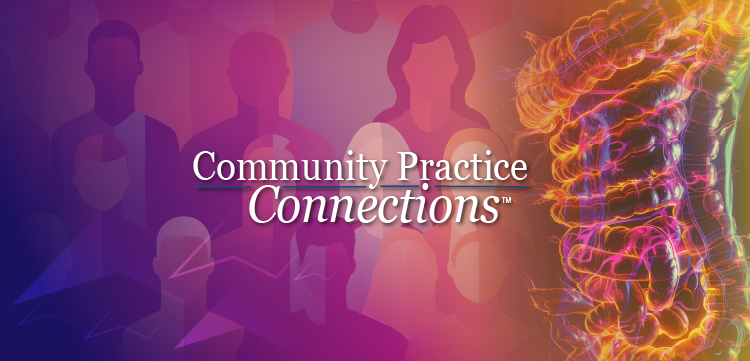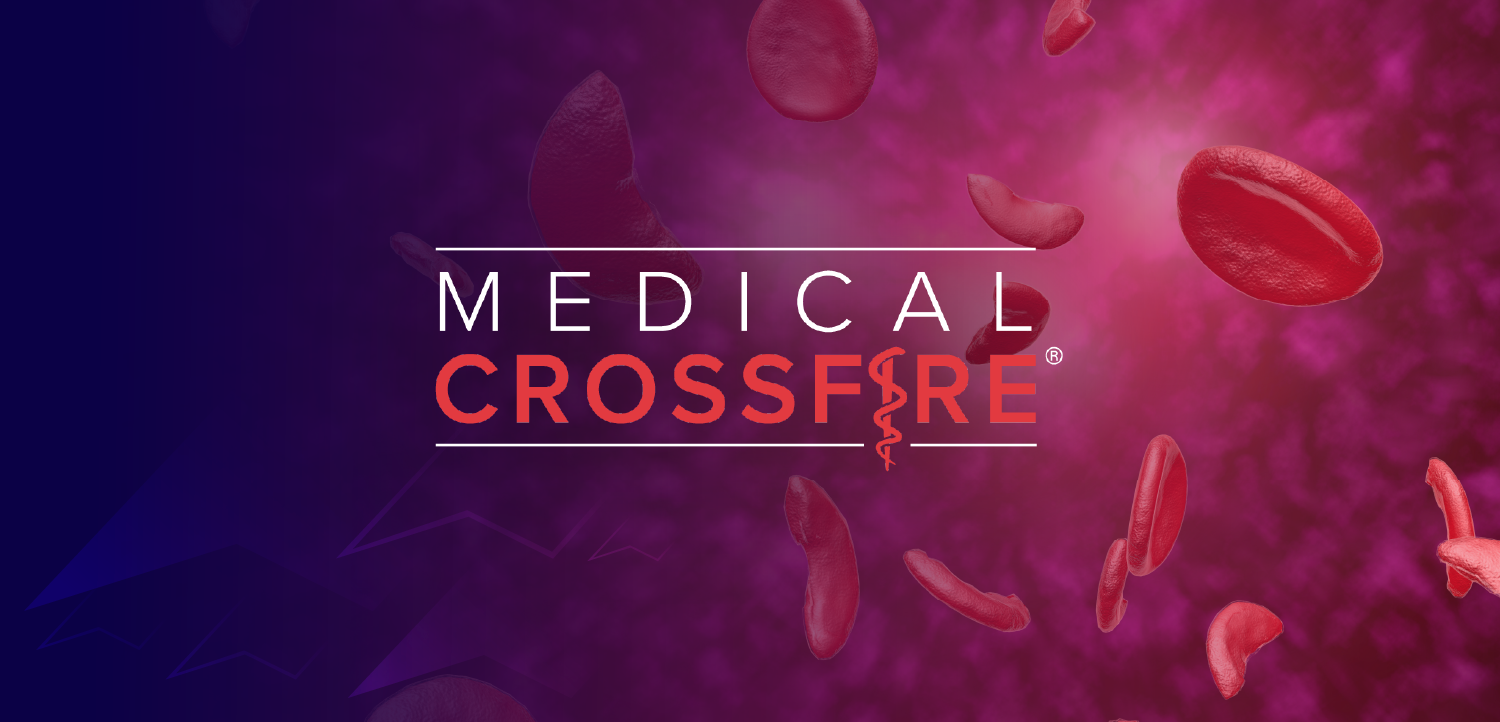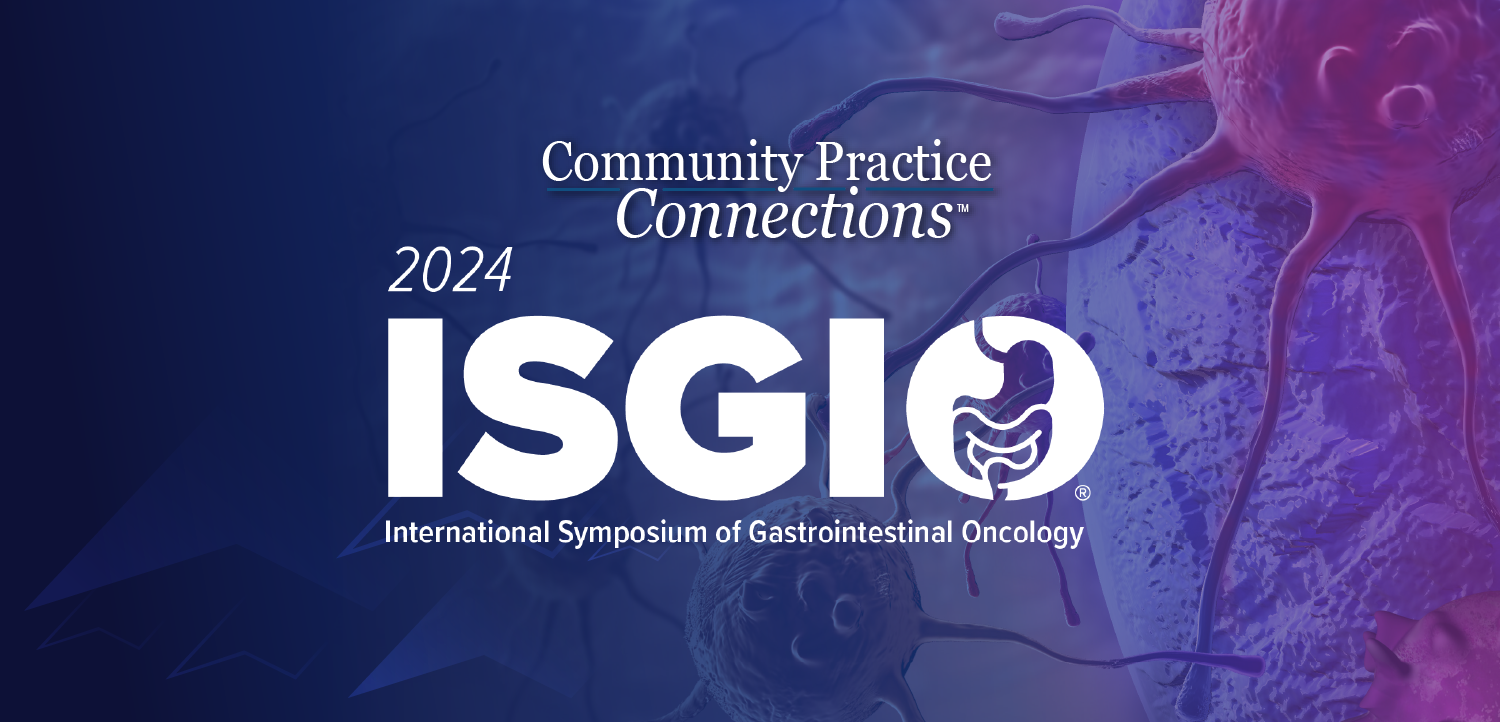Updated Coverage
New York City health officials confirmed on August 22, 2025, that a sixth person has died in the ongoing Legionnaires’ disease outbreak in Central Harlem. Since the outbreak was first reported on July 25, there have been 113 confirmed cases and at least seven hospitalizations, with the most recent case recorded on August 13. The outbreak has been traced to 12 contaminated cooling towers at 10 buildings, including Harlem Hospital and a City University of New York (CUNY) facility.1
Legal action is underway, with multiple lawsuits already filed. One attorney announced plans to seek at least $1 million in damages against NYC Health and Hospitals on behalf of patients. A spokesperson for the hospital system said it maintains one of the city’s most rigorous cooling tower safety and inspection programs, exceeding required standards.1
On August 25, health officials announced a separate investigation into Legionnaires’ disease cases at the Parkchester South Condominiums in the Bronx. The cluster is linked to the building’s hot water system and is not connected to the Harlem outbreak. Officials emphasized that while Legionella bacteria are common in the environment, Legionnaires’ disease itself is relatively rare. Among New York City’s 8.5 million residents, between 200 and 700 people are diagnosed annually. Transmission does not occur person-to-person but through inhalation of aerosolized contaminated water.2
Original Coverage
August 6, 2025: The New York City Department of Health and Mental Hygiene (DOHMH) has reported an increase in the ongoing Legionnaires’ disease outbreak in Central Harlem, with 67 confirmed cases and three deaths as of August 5, 2025. The outbreak, first reported in late July, continues to affect residents and workers in ZIP codes 10027, 10030, 10035, 10037, and 10039.3
Health officials emphasize that the overall risk to the general public is low, but urge individuals in the affected area who are experiencing flu-like symptoms, especially cough, fever, chills, muscle aches, or shortness of breath, to seek medical care promptly.3
“If you live or work in the impacted ZIP codes and have symptoms, see a health care provider right away,” the Health Department advised. “You are especially at risk if you are 50 or older, smoke, or have an underlying lung or immune condition."3
Environmental Investigation and Source Control
The cluster is linked to environmental exposure from contaminated water systems. DOHMH confirmed that 11 cooling towers in the affected area previously tested positive for Legionella pneumophila. Remediation procedures for these towers have been completed, in accordance with city regulations.4
Importantly, the outbreak is not connected to building plumbing systems, and tap water is safe for drinking, bathing, cooking, and use in residential air conditioning units.5
Understanding Legionnaires’ Disease
Legionnaires’ disease is a severe, sometimes fatal, form of pneumonia caused by Legionella bacteria. Infection occurs when people inhale aerosolized water containing the bacteria, typically from cooling towers, hot tubs, showers, humidifiers, or decorative fountains. The disease is not spread person-to-person, nor is it contracted by drinking contaminated water.5
Symptoms often resemble other respiratory illnesses and generally develop 2 to 14 days after exposure. These include:5
- Cough
- Fever and chills
- Muscle aches
- Shortness of breath
- Fatigue, confusion
- Diarrhea or gastrointestinal symptoms
High-Risk Populations and Clinical Impact
What You Need To Know
As of August 22, 2025, six deaths and 113 cases have been linked to contaminated cooling towers in Central Harlem.
Multiple lawsuits are underway, including a planned $1 million claim against NYC Health and Hospitals.
A new investigation at Parkchester South Condominiums is unrelated to Harlem; Legionnaires’ is spread through aerosolized water, not person-to-person.
Although most healthy individuals exposed to Legionella do not become ill, some populations are at increased risk for severe outcomes. These include:5
- Adults aged 50 and older
- Current or former smokers
- People with chronic lung disease
- Individuals with weakened immune systems or on immunosuppressive therapy
Infections can lead to respiratory failure or death if untreated. The CDC estimates a case-fatality rate of about 10%; this increases to approximately 25% among people who acquire the disease in healthcare settings.5
Diagnosis typically involves:
- Chest X-ray to confirm pneumonia
- Urine antigen test or culture from sputum or bronchoalveolar lavage
Treatment involves prompt antibiotic therapy, with earlier intervention improving outcomes significantly.5
Regulatory Oversight and Ongoing Surveillance
DOHMH continues environmental testing and building inspections throughout the outbreak zone. Per city ordinance, building owners must:3
- Register cooling towers
- Conduct routine Legionella testing
- Submit test results for public inspection
The outbreak investigation in Central Harlem remains ongoing. While public health officials stress that the risk of infection remains low, clinical vigilance is essential, especially in high-risk individuals presenting with pneumonia-like symptoms. Health care providers in the area should maintain a high index of suspicion and report confirmed cases to local health departments as required.
References
1.Legionnaires' disease reported at Bronx apartment building, NYC health officials say. August 22, 2025. Accessed August 27, 2025. https://www.cbsnews.com/newyork/news/legionnaires-cases-bronx-nyc/
2.6th Legionnaires' disease death reported in Harlem outbreak as another lawsuit is planned. August 25, 2025. Accessed 27, 2025. https://www.cbsnews.com/newyork/news/legionnaires-death-harlem-outbreak-6th-death/
3.Legionnaires' Disease Cluster in Central Harlem. NYC Health. August 5, 2025. Accessed August 6, 2025. https://www.nyc.gov/site/doh/health/health-topics/legionnaires-disease.page
4.New York City Health Department Provides Update on Community Cluster of Legionnaires' Disease in Central Harlem. NYC Health. August 4, 2025. Accessed August 6, 2025. https://www.nyc.gov/site/doh/about/press/pr2025/nyc-health-provides-second-legionnaires-cluster-update.page
5.About Legionnaires' Disease. CDC. June 9, 2025. Accessed August 6, 2025. https://www.cdc.gov/legionella/about/index.html#:~:text=Key%20points,increased%20risk%20for%20this%20infection.




